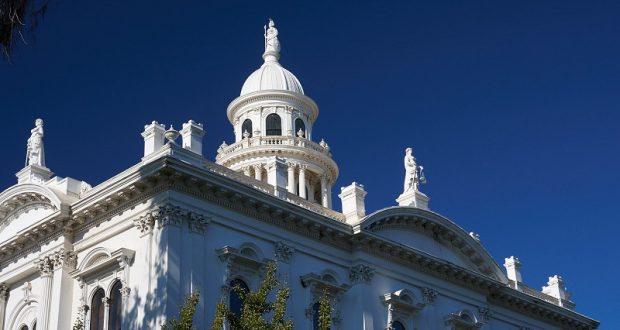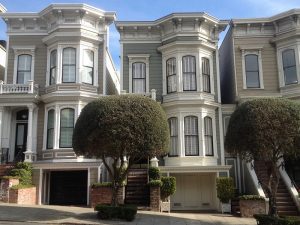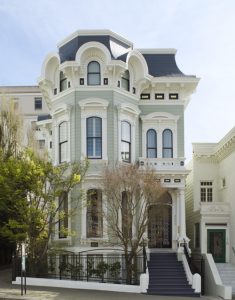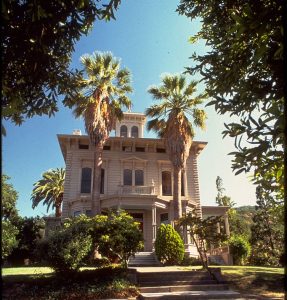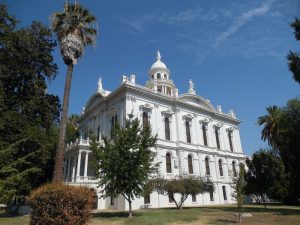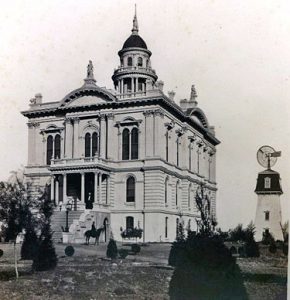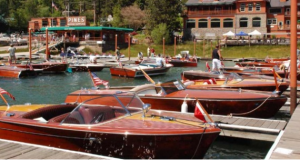By Sal Maccarone
Throughout history major civilizations have impressed the future with their own distinctive style. The best parts of one popular style will often influence another in some fashion. It is the Architectural Revival that makes use of important elements from a previous era.
Italianate, a Renaissance revival style, draws from a wide range of architectural models. Borrowed from the look of classical buildings, the style began to appear in England at the turn of the 19th century. It was not long before the movement spread through all of Europe, and by the early 1830’s it arrived in America. Some prominent features of the style as it developed here at home would include: Low roof lines supported by corbels; Classical columns used to bolster balconies and other overhangs; Terraced domes and towers; Arched windows; and the extensive use of balusters, balustrades, finials & cornices.
Many early California houses were wooden renditions of the Italianate style. For instance, the historic John Muir family mansion in Martinez, a National Historic Site, (https://www.nps.gov/jomu/index.htm), clearly demonstrates the influence of the style both inside and out. It is said that John Muir would set out on foot from this residence, and start walking toward a little known Yosemite. After the 130 mile journey, (the way a crow flies), he would arrive in the valley six or seven days later.
Most of the buildings in early San Francisco were Italianate in style. Unfortunately, like so many early Victorian era structures made of wood, their numbers are ever diminishing. One enduring local example of the Italianate style would be the 1874 Merced County Courthouse. Also on the National Register of Historic Places, this functional yet beautiful government building was designed by Albert Bennett (1825-1890) who eventually became California’s state architect. It was the second of five very similar San Joaquin Valley courthouses that Mr. Bennett built between 1872 and 1876. It is also the last that remains! The three story courthouses were all Italianate in style, but as is the case with most revival architecture there are other influences at play. For instance, the statues which grace the building’s rooftops descend directly from Roman mythology. The sculptures of Justica (Justice) on the lower eyebrow shaped roofs are closely watched by Minerva (wisdom) perched high atop the central dome.
This magnificent building is now home to the Merced County Courthouse Museum, (www.mercedmuseum.org). Located at 21st & N streets, it is really worth a visit. The first floor is devoted to sharing a wonderful collection of photographs, artifacts, as well as other pieces of historical memorabilia. The second level, which is accessed by a grand stairway, was once the home of county offices, court judges and a law library. Proceeding from the second level, there is a wonderful interior stairway which leads to the courtroom that was located at the top. All of the interior woodwork was done in old growth redwood which was painted, and then grained to resemble expensive east coast oak. The irony now rests in the fact that Redwood is much more valuable than Oak!
Sal Maccarone

